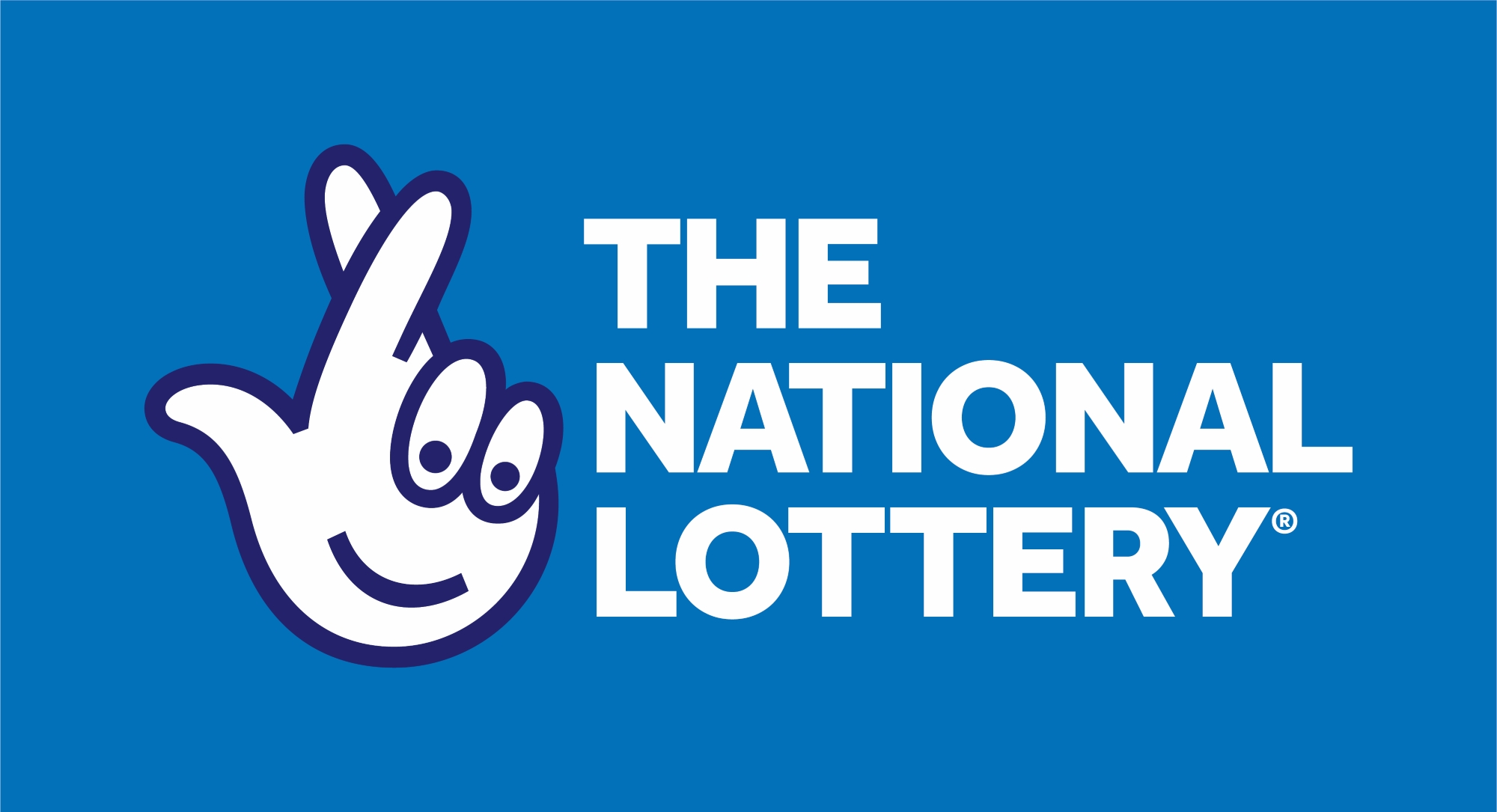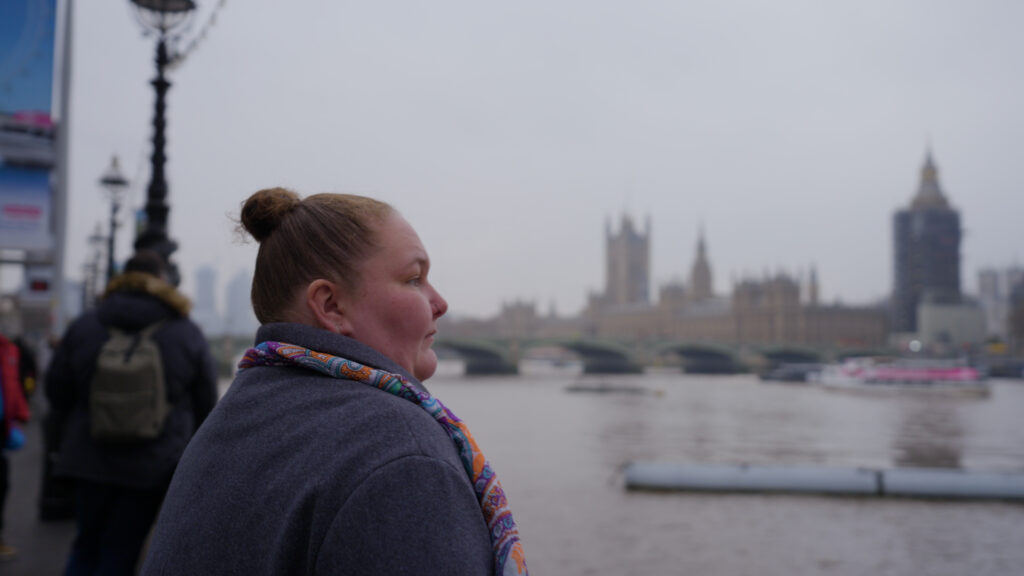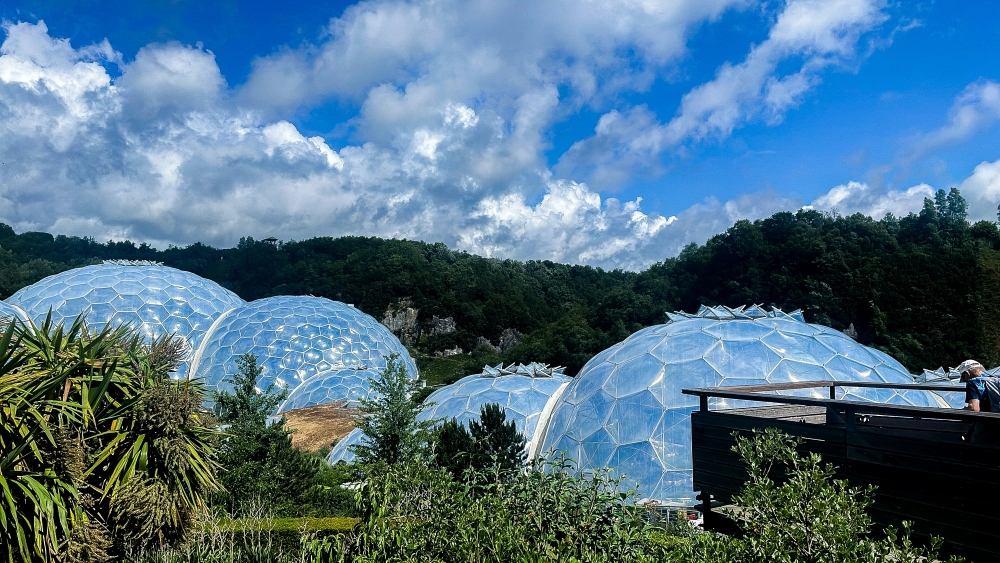The 30-year story-so-far of The National Lottery:
Numbers into narrative
Brought to you by:

Throughout 2025 The National Lottery is celebrating its 30th anniversary. This national institution might conjure up some obvious stuff like the live TV draw since the mid-1990s watched by ‘half the nation’. Or the charms and pitfalls of the sudden millionaires’ club. Yet the much bigger story is the Great British public’s playing of The National Lottery for 30 years: this has created funding for good causes on an epic scale. With it, a vast scope of positive impacts.
Household names like Wembley Stadium, and standout names in most walks of life have been funded, hugely, by The National Lottery: The FA, Tate, National Trust, Team GB… you name it. And there are charitable organisations that have had substantial funding from The National Lottery (the funder of funders). You wouldn’t be reading this story now if The National Lottery Community Fund hadn’t supported 360Giving to get established and develop its work.
Consider your own work, or free time, or family time: attending or playing sports; enjoying the arts or making art; maintaining or visiting historic places, and iconic new buildings or public spaces; delivering much-needed community services, volunteering, or receiving support from one among a huge array of charities. Now let your mind wander, further, in kaleidoscopic fashion: spread out innumerable sub-categories of interest, both mass appeal and more niche.
Those are the ‘endless’ vistas of National Lottery funding: hyper-local or national, long-lasting or brief, small-scale or big.

How big?
£50bn has been raised for good causes according to Allwyn, the National Lottery licence holder (2024). How much? If you were to count up – per second – it would take you over one week to reach the 1 million mark – you’d need 32 years to reach the one billon mark. And 50 billion? Well over 1500 years.
Using time like that illustrates both the big difference between ‘million’ and ‘billion’, as well as the hard-to-fathom scale of funding that has been raised by the players. Close to all that £50bn has, already, reached different good causes, spreading positive impacts all over the UK.
Compared to what?
Consider this key finding in UKGrantmaking 2024: “Over 13,000 grant makers provided grants to the value of over £20bn” (in 2023). On average The National Lottery (family aggregate) value of grants per annum is £1.5bn. So that’s roughly 7.5% of the annual total (£20bn) reported. While the dozen funders who comprise The National Lottery family (accounting for 7.5% of the funding reported) make up less than one-tenth of a percentage point (0.09%) of the 13,000 funders. The National Lottery is genuinely unique.
‘Everyone, everywhere and everything’
National Lottery funding reaches all kinds of people doing every type of activity or service, throughout every part of the UK. In urban and rural locations; central and coastal spaces, waterways, into the seas of the UK shoreline. Animals including endangered species and sea creatures have protection or benefit, likewise birds and pollinators overhead, micro-organisms underfoot, plus wider landscapes and natural environments.

Money has gone to grant holders that fully span the British Isles: beyond Land’s End to the Ilses of Scilly, and farther north than John O’Groats to Scottish islands.
So, who’s the money reached? Where’s the money gone? What’s the money done? ‘Everyone, everywhere and everything’ are applicable, reasonable answers.
This incomparable scale and scope are courtesy of the work of a dozen family member organisations(1) that distribute National Lottery money to good causes:
- 8 national entities (4 national arts councils for Northern Ireland, Scotland, Wales, and England; plus 4 national sports bodies).
- 4 with UK-wide scope (The National Lottery Community Fund, UK Sport, British Film Institute, The National Lottery Heritage Fund).
‘Good causes’
All The National Lottery’s funding is for ‘good causes’. Those two words directly quote The Lottery Act (1993; 2006)(2) that underpins The National Lottery’s dozen distributors.
National Lottery funding is earmarked for good causes in four categories – arts, community (charitable, educational sectors), heritage, and sport. Yet, as outlined above, those four pillars uphold an extremely broad, richly diverse array of projects, people and places, funding their passions, communities, spaces, services, livelihoods, and much more.
Countless impacts
Time is needed to responsibly get applications assessed, verified, paid, and monitored or reviewed. Indeed, the earliest money for good causes reached people in January 1995, two months after the Live Saturday night TV draws, watched by half the nation, began (19.11.94).
Since then, it’s been easy to count certain things like the number of grants. It’s fast-approaching 700,000. Yet it would be a tough task to estimate the countless impacts.
Outcomes can be tricky to count by people seeking to build a more complete record or to better evaluate work. Sometimes they are unknown or missed. And useful, telling, reviews that take stock of funded projects beyond their timelines are still rare. Yet the impacts from National Lottery funding are real, they have been many and varied, they span the evidenced and the anecdotal, and they are felt by people in both immediate and lasting ways.
The 30th anniversary of this national institution is worth celebrating. The funding of good causes, due to the Great British public playing The National Lottery, has reached so many people across three decades. You might see the logo at supermarkets or convenience stores, or in a newspaper, but the unseen, largely untold, story is that you’re (literally) never far from a person, place or project that has been funded by, or touched by, The National Lottery. And this is a developing story: hardly a week passing by without money paid out.
Across all those grants, what really matters? In seeking to turn numbers into narrative, what’s the real story? It’s the many and varied positive outcomes. Who are the real winners? People everywhere in the UK, their communities, places and spaces, as well as animals and environments on land, sea and air.
We’re continuing to develop and evolve UKGrantmaking with each annual edition, so please do share your feedback and ideas for future development, and sign up to 360Giving’s newsletter for updates.
